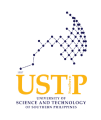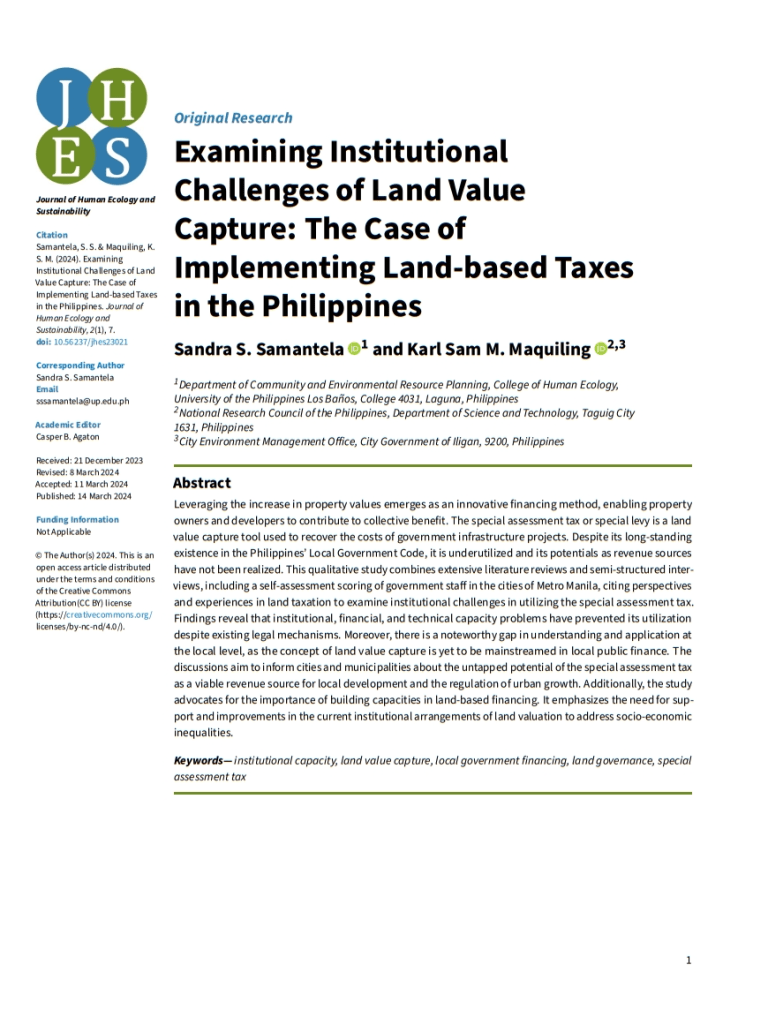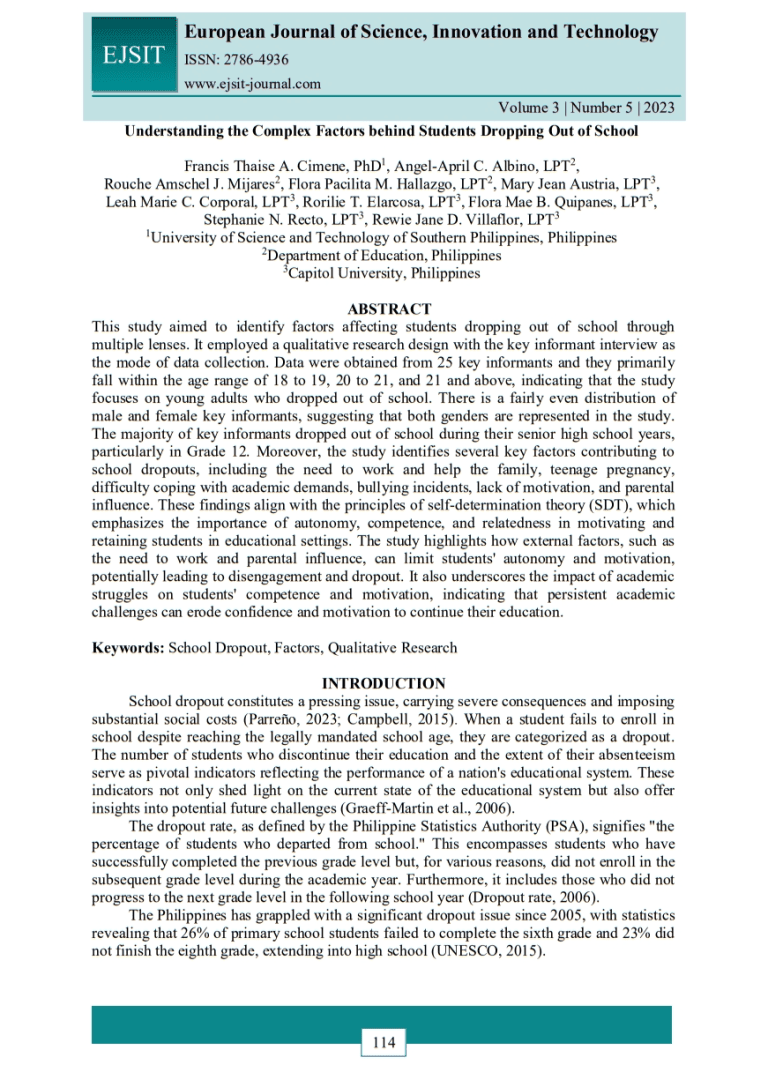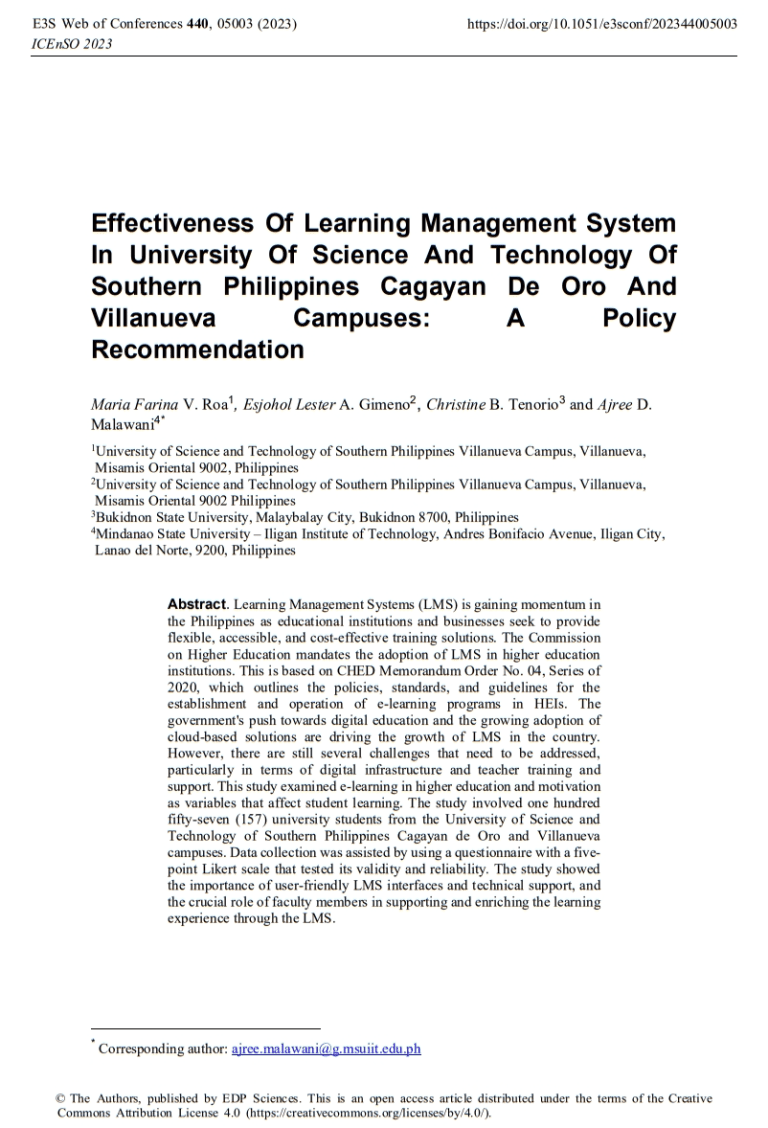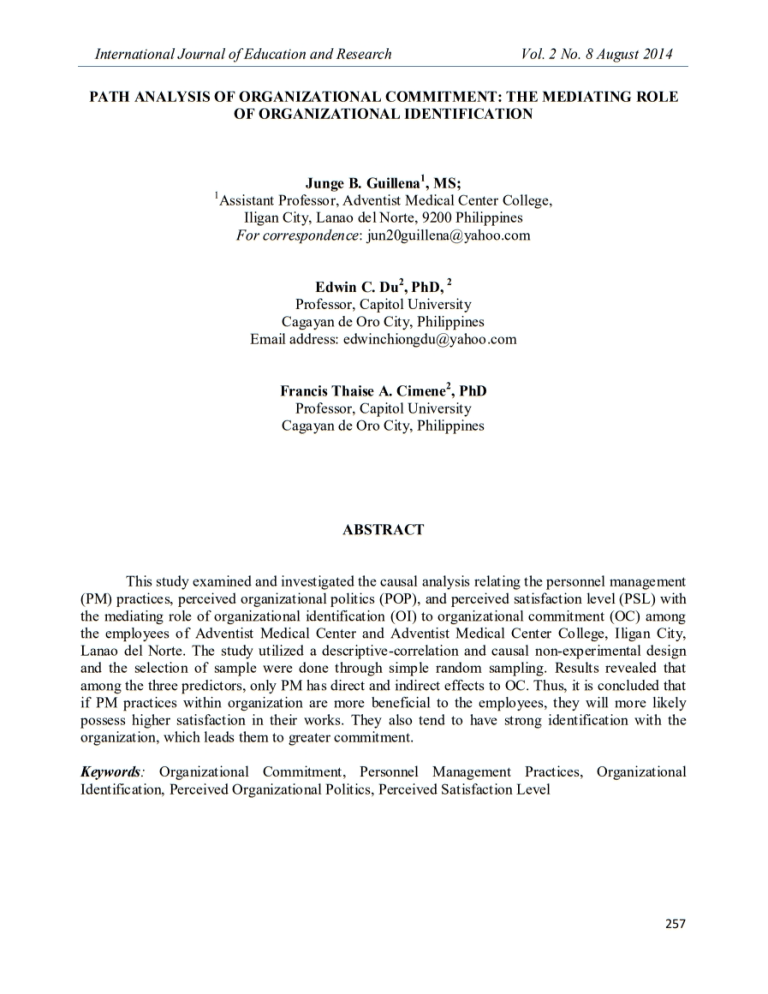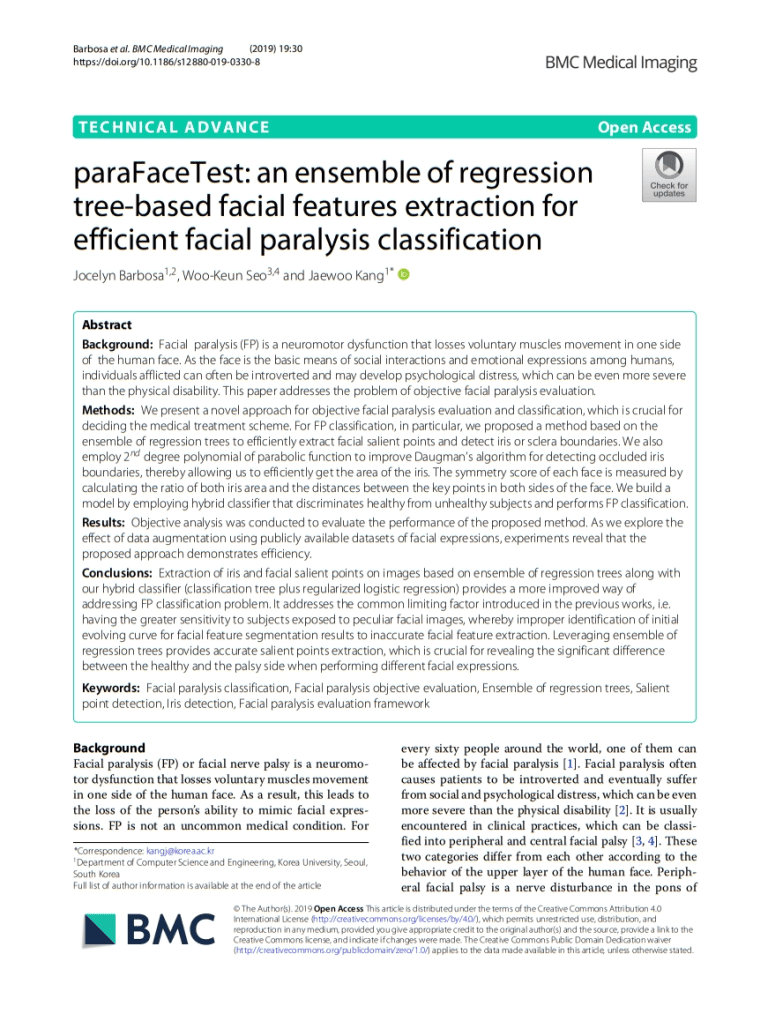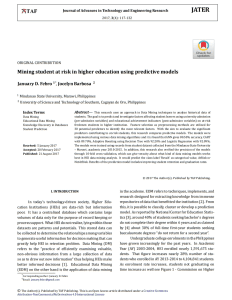

Published: Aug 21, 2017 | Updated: May 02, 2024
Mining student at risk in higher education using predictive models
Authors: Jocelyn Barbosa and January D. Febro Data Mining, Educational Data Mining, Knowledge Discovery in Databases, Student PredictionAbstract
This research uses an approach in Data Mining techniques to analyze historical data of students. The goal is to predict and investigate factors affecting student leavers using university admission (pre-admission variables) and educational achievement indicators (post-admission variables) on at-risk freshmen students in higher institution. Feature selection as preprocessing methods are utilized for 30 potential predictors to identify the most relevant factors. With the aim to evaluate the significant predictors contributing to at-risk students, this research compares predictive models. The models were implemented using various data mining algorithms and it is found that kNN gives 80.50% accuracy, CART with 89.70%, Adaptive Boosting using Decision Tree with 92.20% and Logistic Regression with 92.09%. The models were trained using records from student dataset collected from the Mindanao State University – Marawi, academic year 2010-2015. In addition, this research also verified the precision of the models through 10-fold cross validation, which can give veracity about what kind of data mining models works best in HEI data mining analysis. It would predict the class label ‘Result’ as categorical value, AtRisk or NotAtRisk. Benefits of the prediction model includes improving student retention and graduation rates.


